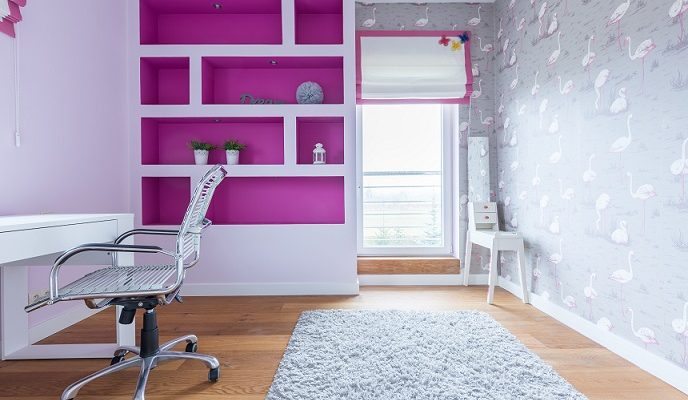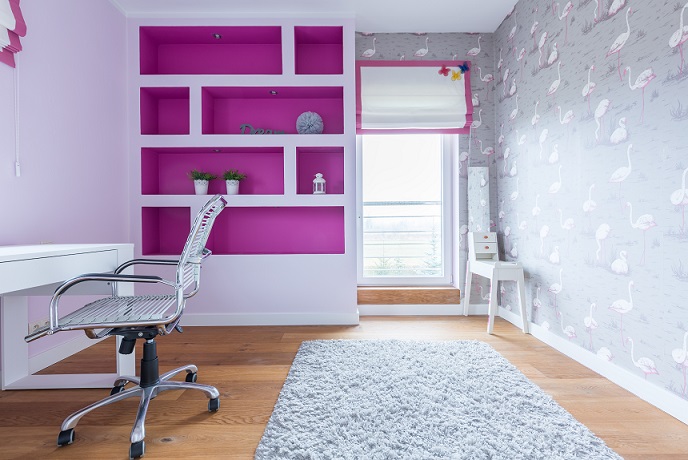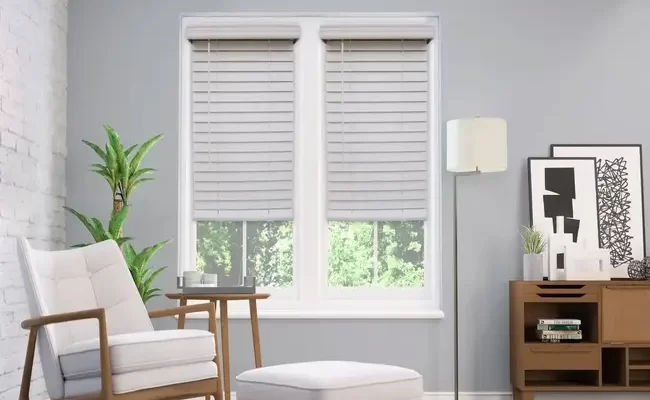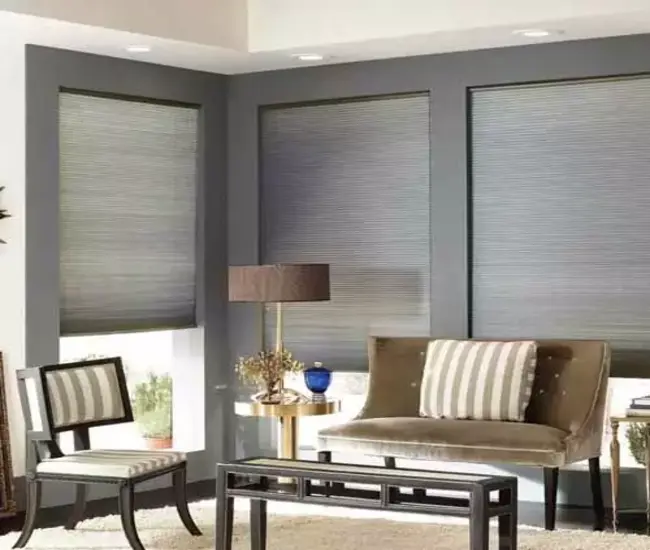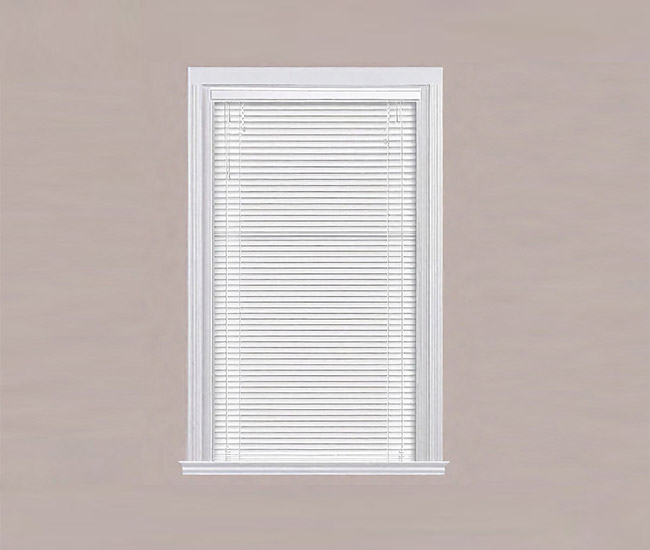Are you looking for ways to reduce allergies in your home? Window blinds can be an effective solution, combining dust and pollen control, temperature regulation, insect protection, and improved air quality. In this article, we’ll look in-depth at how window blinds can combat allergy issues and provide tips on selecting the right ones for your home. Keep reading to learn more!
Key Takeaways
• Allergies can be caused by dust, pollen, and other airborne particles.
• Window blinds can help reduce allergies by providing dust and pollen control, insect protection, temperature control, and improved air quality.
• Different types of window blinds provide varying levels of light filtration and have different cleaning requirements.
• When selecting window blinds, consider room size and layout, material composition, light filtration capabilities, and ease of cleaning.
• Motorized or automated window blinds can provide added convenience.
The benefits of using window blinds to combat allergy issues
Allergies are common and potentially debilitating medical conditions. They can be caused by a variety of factors, including dust, pollen, pet dander, mold spores, and other airborne particles. These allergens can enter your home through open windows or from the air conditioning system. Left unchecked, these allergens can cause sneezing, congestion, and other respiratory issues.
Window blinds can be an effective solution to combat allergy issues. They provide dust and pollen control, insect protection, temperature control, and improved air quality. With the right window blinds in place, you can reduce allergens in your home and enjoy a healthier living environment. Let’s take a look at how window blinds can combat allergy issues.
Types of Window Blinds
If you’re considering window blinds to combat allergy issues, it’s important to choose the right type. Different types of window blinds provide varying levels of light filtration and have different cleaning requirements. But with so many options available, where do you start? Here are some of the most popular types of window blinds and the benefits they can offer.
Mini Blinds: Mini blinds are made of metal or plastic slats that typically come in sizes ranging from ½” to 2”. They allow you to easily adjust light levels and offer good insulation against heat loss and sound. Mini blinds are also easy to clean; simply use a damp cloth or vacuum cleaner with a brush attachment.
Wood Blinds: Wood blinds are classic window coverings that provide excellent insulation against heat, cold, and sound. They’re available in different slat sizes and can be customized to fit any window size. These blinds require more frequent cleaning than other types of discounted blinds, and you’ll need to use a feather duster or vacuum cleaner with a brush attachment for the best results.
Faux Wood Blinds: Faux wood blinds mimic the natural grain of real wood but are more durable and easier to maintain. They provide excellent insulation against heat, cold, and sound, and can be easily wiped clean with a damp cloth.
Cellular Shades: Cellular shades are made of multiple layers of fabric that trap air, providing excellent insulation against heat and cold. They also offer good sound insulation and come in different styles including top-down/bottom-up and cordless models for added convenience. To clean cellular shades, simply use a vacuum cleaner with a brush attachment.
Roller Shades: Roller shades are made of fabric, vinyl, or paper and provide excellent light filtration and insulation against heat loss and sound. They come in different designs and colors, making them an ideal choice for any room. Cleaning roller shades is easy; just use a damp cloth to remove dust and dirt.
Horizontal Sheer Shades: Horizontal sheer shades provide excellent light control and insulation against heat and sound, while also giving you a clear view of the outdoors. To clean these shades, simply use a vacuum cleaner with a brush attachment or lightly wipe them down with a damp cloth.
Vertical Blinds: Vertical blinds are a popular choice for large windows and sliding glass doors. They provide excellent light filtration and insulation against heat loss and sound, as well as an affordable solution to reduce allergens. To clean vertical blinds, use a feather duster or vacuum cleaner with a brush attachment.
Drapery Panels: Drapery panels are an elegant and functional window treatment option that provides excellent insulation against heat and sound, as well as an effective way to reduce allergens. To clean these shades, simply use a vacuum cleaner with a brush attachment or lightly wipe them down with a damp cloth.
Exploring Allergy Benefits of Window Blinds
If you suffer from allergies, it’s important to take steps to reduce your exposure to allergens. One way to do this is by utilizing window blinds in your home or office. Window blinds can help control dust and pollen, protect against insect infestations, regulate temperature, and improve air quality.
A. Dust and Pollen Control
Window blinds provide an effective way to reduce dust and pollen in your home or office. Blinds can be used in combination with other measures such as regularly cleaning surfaces to further reduce allergens. By keeping windows closed, you can also limit the amount of outdoor allergens that enter your home or office.
B. Protection from Insect Infestations
Window blinds can also provide protection against insect infestations. By blocking out sunlight, you can discourage insects such as flies and moths from entering through windows. Blinds also provide a physical barrier to keep insects out of the room.
C. Temperature Control
Window blinds can help regulate the temperature in your home or office by blocking out sunlight and providing insulation against heat loss. This can make it easier to maintain a comfortable temperature throughout the day.
D. Improved Air Quality
Finally, window blinds can help improve air quality by filtering out dust and other particles in the air. This can help reduce asthma and allergy symptoms for those who suffer from respiratory conditions.
Overall, window blinds offer an effective way to control allergens in your home or office. By blocking out dust and pollen, protecting against insect infestations, regulating temperature, and improving air quality, they are a great investment for those who suffer from allergies. So, if you’re looking for an allergy-friendly window treatment, consider investing in some stylish and effective window blinds today!
Choosing the Right Window Blinds for Your Home
When it comes to choosing the right window blinds for your home, there are a few factors that you should consider. From room size and layout to style and materials, there are many options available on the market today. With so many choices, it can be difficult to know where to start. To help guide you in your search for the perfect window blinds, here are four key considerations to keep in mind.
A. Consider Room Size, Layout, and Style
Before you start shopping for window blinds, it’s important to consider the size and layout of each room in your home. This will help you determine the type of window treatment that best suits your needs. For example, if you have a large window in your living room, then you might consider installing motorized or automated blinds for easy access and control. If you’re decorating a smaller bedroom where privacy and light control are more important, blackout blinds may be the best choice.
B. Look for Materials that are Easy to Clean and Hypoallergenic
If you suffer from allergies, it’s important to choose materials that are easy to clean and hypoallergenic. This will help limit your exposure to dust mites, pet dander, and other allergens. Look for window treatments made of all-natural materials such as bamboo, jute, or reeds.
C. Use Light Filtering or Blackout Blinds for Maximum Control of Allergens
Light-filtering blinds are a great way to reduce the amount of pollen and dust that enters your home. They will also help regulate temperature by blocking out excess sunlight during hot summer days. If you need maximum control, blackout blinds are an excellent choice. These will help seal your windows and keep allergens out of the room.
D. Consider Motorized or Automated Blinds for Added Ease and Convenience
Finally, if you want added ease and convenience, consider investing in motorized or automated window treatments. These blinds can be controlled with a remote or smartphone app, making it easy to adjust the light throughout the day. Plus, you won’t have to worry about dealing with tangled cords or difficult operating systems.
Conclusion
When it comes to controlling allergens in your home, window blinds are an effective and affordable solution. Not only can they block out dust and pollen, but they can also regulate temperature and improve air quality. Plus, there are a variety of styles and designs available that will look great in any room.

